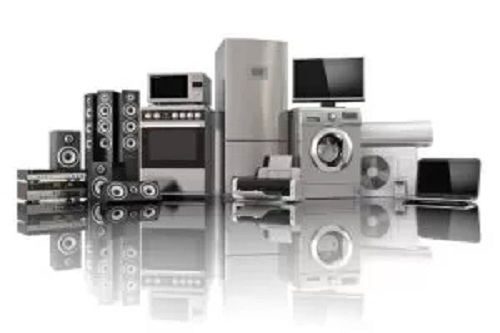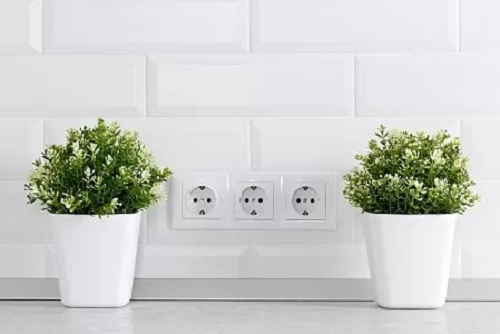
Choosing the right type of lighting for your space is essential to create the desired ambiance, enhance productivity, and improve energy efficiency. With a wide range of lighting options available, it can be overwhelming to make the best choice. Factors such as the purpose of the space, lighting functionality, energy efficiency, and aesthetics should be considered. Let’s explore some key points to help you make an informed decision when selecting the right type of lighting.
Identify Purpose and Functionality:
The first step in choosing the right lighting is to understand the purpose and functionality of the space. Different areas require different lighting levels and types. For example, task lighting is crucial in areas where detailed work is performed, such as offices, kitchens, and workshops. Ambient lighting provides overall illumination and is suitable for living rooms, bedrooms, and hallways. Accent lighting highlights specific features or objects, adding visual interest to a room. By identifying the purpose and functionality of each space, you can determine the appropriate lighting requirements.
Consider Energy Efficiency:
Energy efficiency is an important aspect to consider when selecting lighting options. Opting for energy-efficient lighting not only reduces energy consumption but also lowers electricity bills and has a positive environmental impact. LED (Light Emitting Diode) lighting is highly recommended for its energy efficiency, long lifespan, and low heat emission. They are available in various color temperatures, making them suitable for different applications.
Pay Attention to Lighting Fixtures:
Lighting fixtures not only provide illumination but also contribute to the overall aesthetic appeal of a space. The style, size, and design of the fixtures should complement the room’s décor and architecture. Pendant lights, chandeliers, track lighting, recessed lights, and wall sconces are some common types of lighting fixtures available. Consider the placement and quantity of fixtures to ensure even distribution of light throughout the space. It’s also important to choose fixtures that are suitable for the lighting type and compatible with the energy-efficient bulbs you plan to use.
Explore Lighting Control Options:
Lighting control options provide flexibility and convenience in adjusting lighting levels according to specific needs and preferences. Dimmer switches allow you to vary the intensity of light, creating different moods and saving energy. Smart lighting systems offer advanced control features, such as remote operation, scheduling, and integration with smart home devices. They provide convenience and energy efficiency by enabling you to control the lighting from anywhere using a smartphone or voice commands.
Seek Professional Advice:
If you’re unsure about the best lighting options for your space, it’s advisable to seek professional advice. Lighting designers or electricians can provide valuable insights and recommendations based on their expertise and knowledge of lighting principles. They can assess your space, understand your requirements, and suggest appropriate lighting solutions that align with your goals and budget.
In conclusion, choosing the right type of lighting involves considering the purpose and functionality of the space, prioritizing energy efficiency, understanding color temperature, selecting suitable lighting fixtures, exploring lighting control options, and seeking professional advice when needed. Taking these factors into account will help you create a well-lit, visually appealing, and energy efficient space.
If you need to replace or update your lighting, call Myrtle Beach Electrician Pros today!
MB Electrician Pros
Myrtle Beach, SC 29577
843-353-6345
https://electriciansmyrtlebeach.com/


